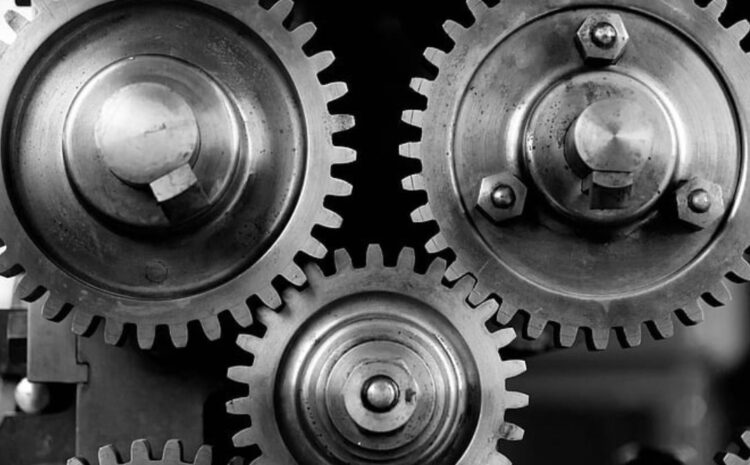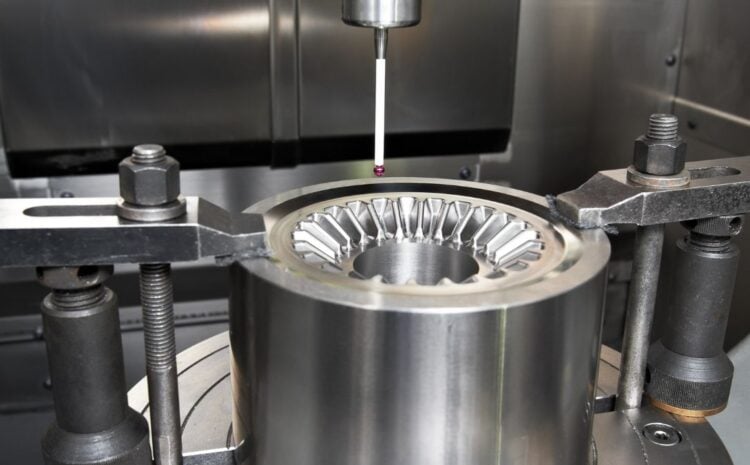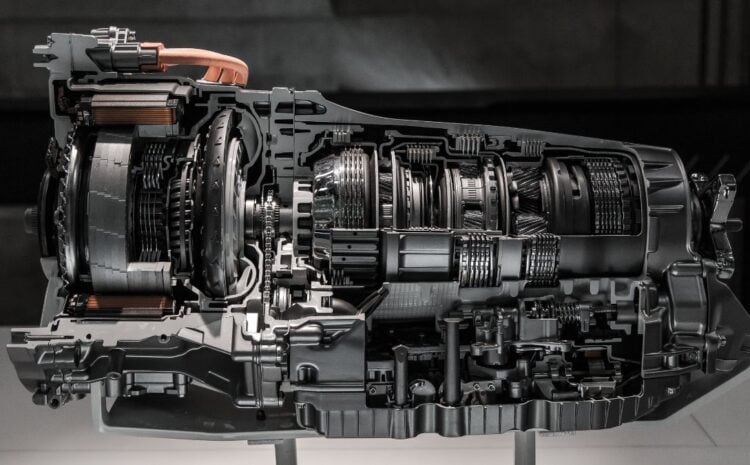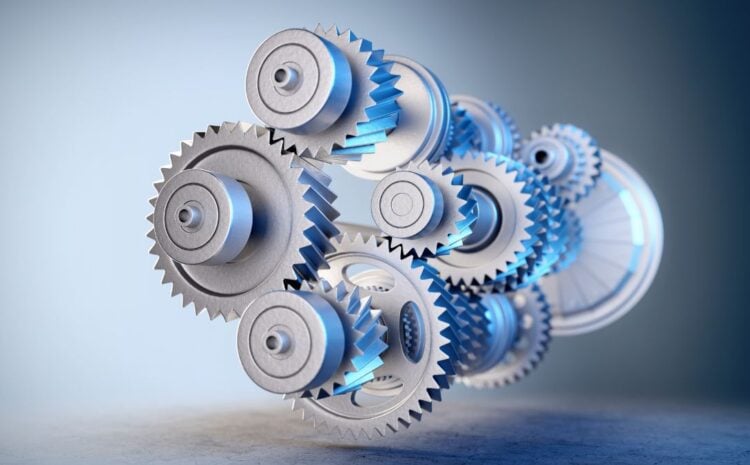To diagnose, monitor, and treat a wide range of medical conditions, medical equipment plays an essential role in healthcare. In the medical field, engineers design surgical instruments, prosthetics, and diagnostic machinery to carry out their tasks with a high degree of accuracy and precision.
In this article, we will explore the different types of medical gears, their design, precision, emerging technologies and innovations, and their applications in medical settings.
Types of Medical Gears
Different kinds of medical equipment are available for use depending on the situation. Instruments for surgery and other procedures, for instance, and prosthetics for restoring or replacing lost limbs or other body parts are two examples.
In addition to bandages and needles, hospitals also have x-ray machines, MRI scanners, and other diagnostic and therapeutic tools. Each category of medical equipment is purpose-built to be highly specialized in order to perform its intended task.
Design of Medical Gears
Designing medical equipment is crucial because these tools need to be accurate and dependable, regardless of their location. To perform their intended tasks, engineers purpose-built medical devices using a narrow range of materials and technologies, resulting in highly specialized tools.
One illustration is the highly precise design of surgical instruments, which feature sharp edges and points to enable accurate incisions and sutures. In contrast, engineers make prosthetics to provide functionality and comfort, allowing users to regain their independence and mobility.
Depending on the intended use, the materials used in the design of medical equipment can vary greatly. For example, engineers frequently use stainless steel, which is incredibly strong and corrosion-resistant, to make surgical instruments. In contrast, engineers can construct prosthetics out of lightweight materials like carbon fiber, promoting greater flexibility and mobility.
Importance of Precision
Due to the importance of their functions, medical gears require a great deal of precision in their development. To fulfill their intended purpose in healthcare settings, engineers must develop medical equipment in accordance with stringent regulatory standards.
Engineers make medical equipment to exact standards using manufacturing and testing procedures. For instance, it is common practice to check surgical instruments for flaws and imperfections using a microscope or magnifying glass.
The consequences of imprecise medical gear can be serious, potentially causing harm to patients or interfering with medical procedures. As such, precision is a critical consideration in the design and manufacture of medical gear.
Emerging Technologies and Innovations
Emerging technologies and innovations are driving advances in medical gear design, allowing for greater precision, accuracy, and functionality. For example, engineers are using 3D printing to create highly precise prosthetics and implants, while they are also using nanotechnology to develop new diagnostic and monitoring technologies.
Other emerging technologies include wearable medical devices, which allow patients to monitor their own health in real time, and telemedicine, which allows healthcare professionals to remotely diagnose and treat patients.
Applications in Medical Settings
Medical gear is used in a variety of medical settings, from hospitals and clinics to rehabilitation centers and private practices. Different types of medical gear are used for different applications, depending on the medical condition being treated and the specific needs of the patient.
For example, medical professionals use surgical instruments to perform surgeries and other procedures, while individuals use prosthetics to replace missing limbs or body parts. Medical professionals use diagnostic equipment to diagnose medical conditions, while rehabilitation equipment aids in the recovery process after an injury or surgery.
Conclusion
Medical gears play a critical role in healthcare, aiding healthcare professionals in the diagnosis, treatment, and monitoring of a variety of medical conditions. Precision is critical in the design and manufacture of medical gears, ensuring that these devices function with a high degree of accuracy and reliability.
Emerging technologies and innovations are driving advances in medical gear design, allowing for greater precision, accuracy, and functionality. As these technologies continue to develop, we can expect to see even more advanced medical gears that will revolutionize healthcare.
The applications of medical gear in medical settings are vast and varied, with different types of medical gear being used for different medical conditions and procedures. From surgery and rehabilitation to diagnostics and monitoring, medical gears are critical to improving patient outcomes and quality of life.
Medical gears are an essential part of modern healthcare, providing healthcare professionals with the tools they need to diagnose, treat, and monitor a variety of medical conditions. With ongoing advances in technology and design, we can expect to see even more advanced medical gears in the future, improving patient outcomes and enhancing the quality of care provided by healthcare professionals.



